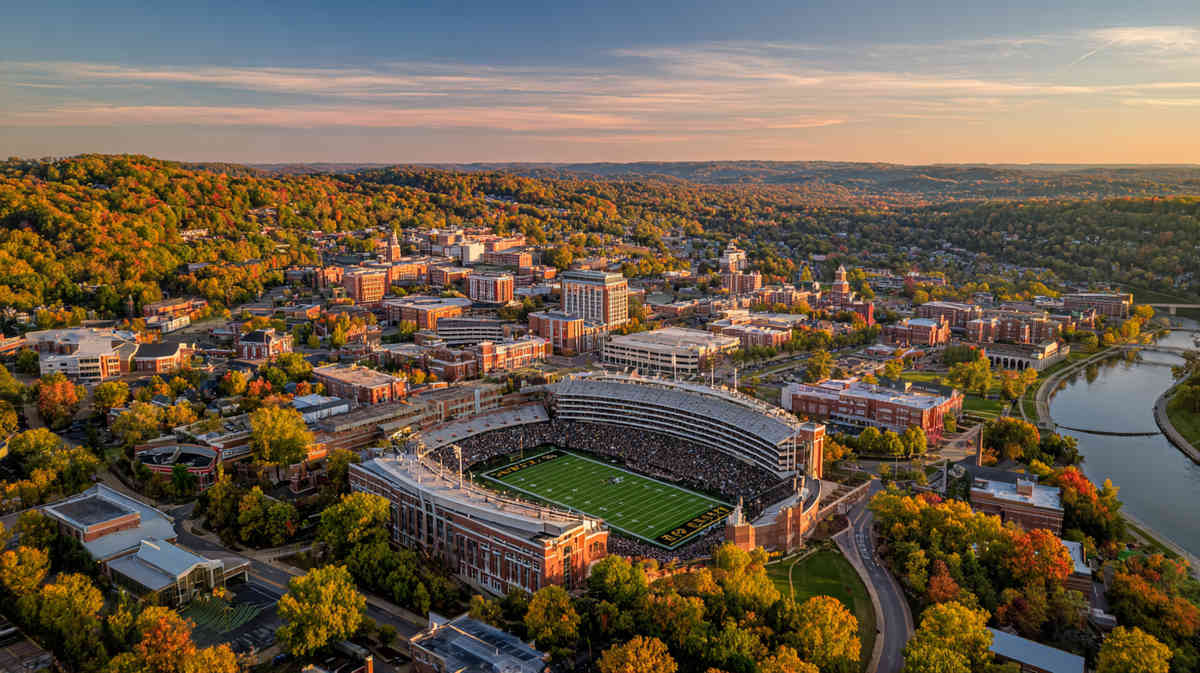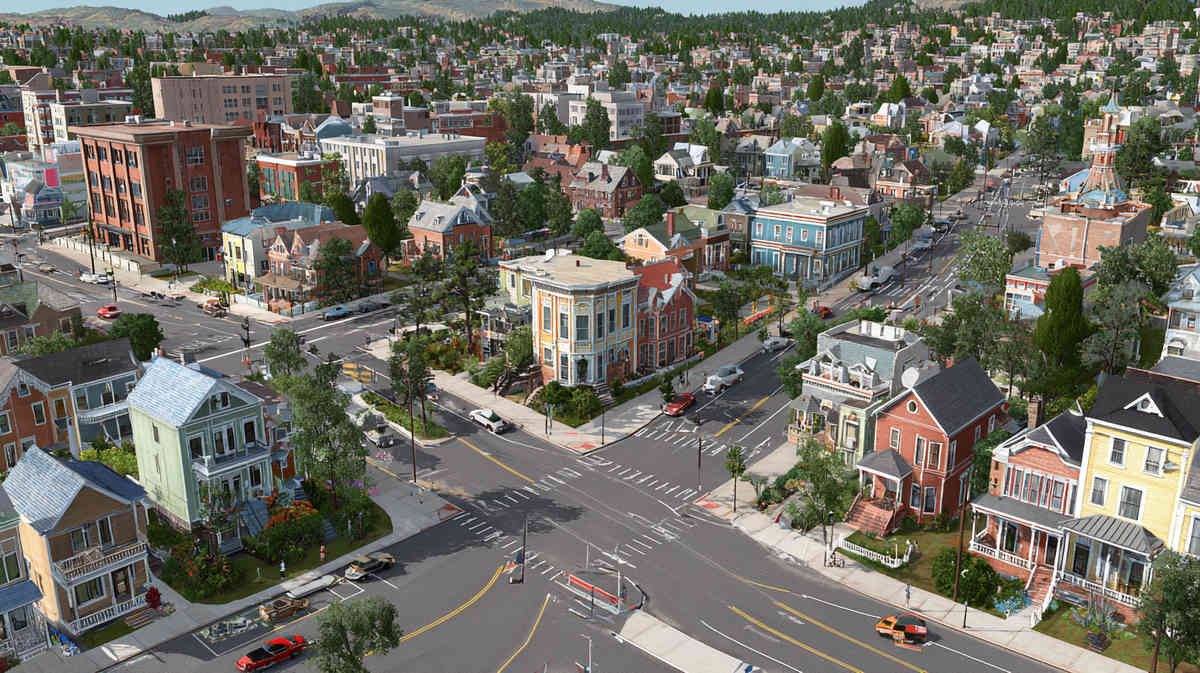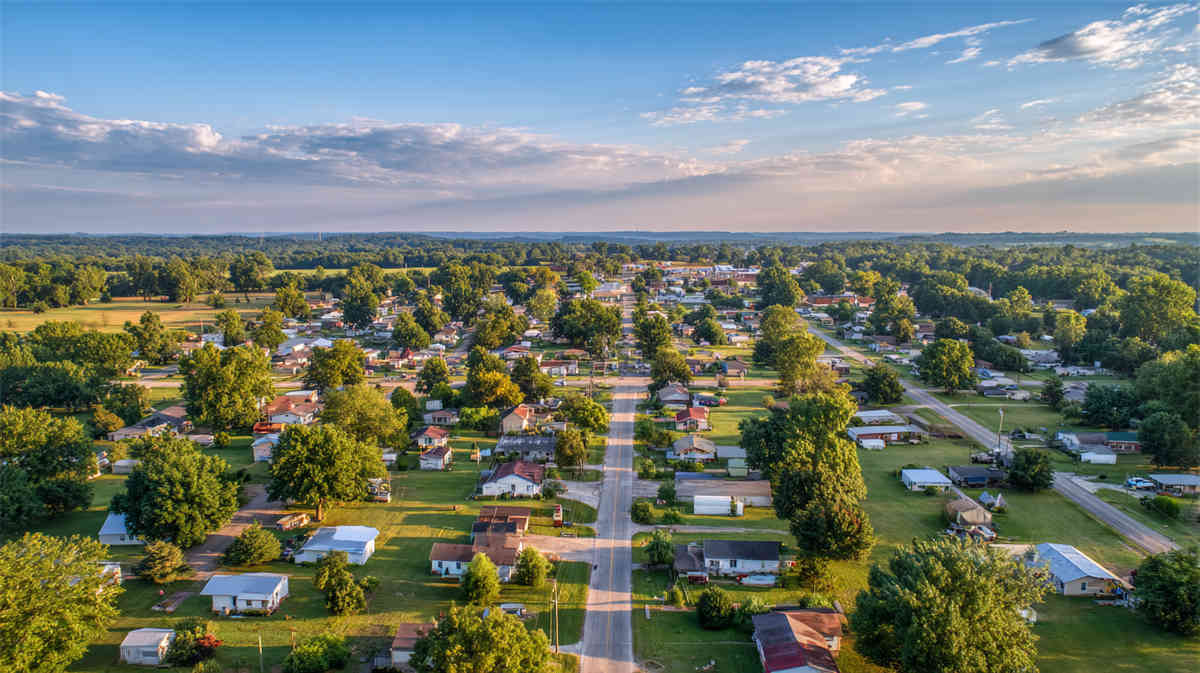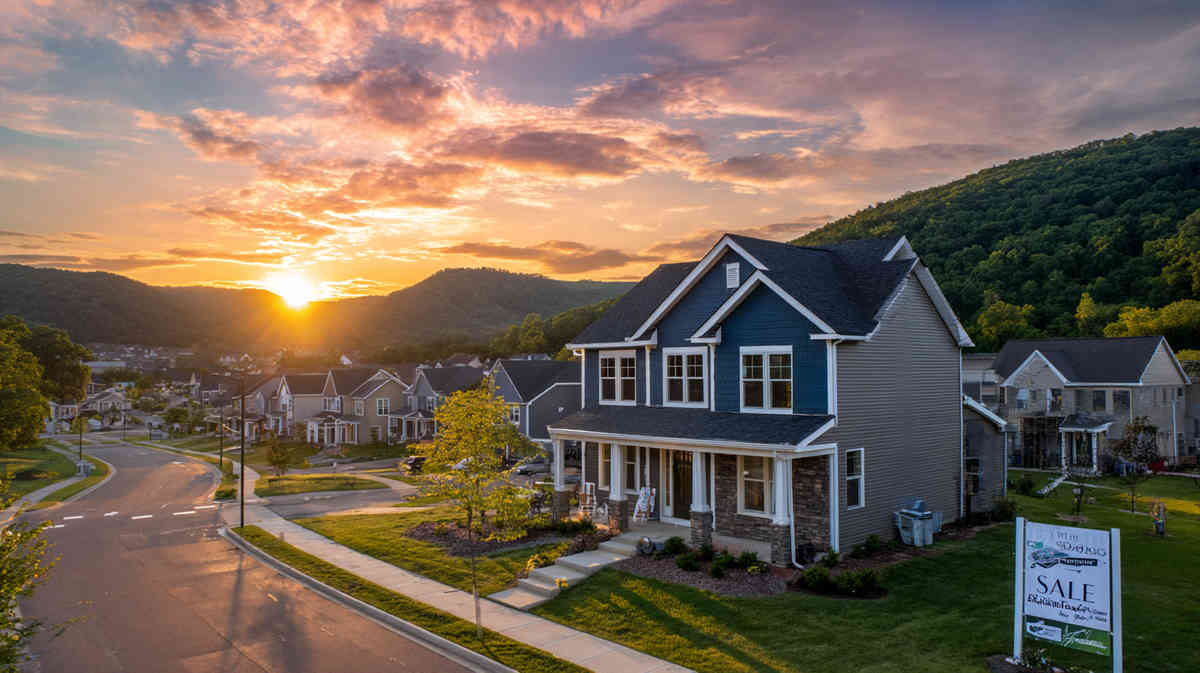Quick Snapshot
You want the unfiltered version, right? Columbia, Missouri sits midway between Kansas City and St. Louis, a college town that refuses to act small. Roughly 126,800 residents call it home, and local planners expect that headcount to tip past 130,000 by late-2025. Median home value today hovers near $318,000 and the regional economists at Show-Me Market Data predict a mellow 3 percent bump over the next 18 months. Inventory feels tight, yet new builds along the south and east edges keep the pipeline moving. In short, more people arrive than leave. Before you toss boxes in the trunk, dig into five big realities that shape daily life here.
The Education & Job Engine
Step onto any downtown block and you will feel it: school pride is the city’s heartbeat. The University of Missouri sits on the west edge of downtown, joined by Columbia College and Stephens College within the same two-mile loop. Those three institutions employ nearly one out of every three workers in town, which does two things for you. First, the job board stays lively for educators, health pros, lab techs, research assistants, software developers, and a long list of support roles. Second, the steady flow of students and visiting scholars keeps rental demand strong, so local owners rarely watch units sit empty.
The campus footprint also spills perks into the neighborhood. You get free public lectures that feel like TED talks, a film festival that routinely sells out, and weekend sports that bring 60,000 people to Faurot Field. Still worried about rush-hour gridlock? Classes start at staggered times, so the traffic surge never feels like a true big-city snarl. On the flip side, you will notice undergraduates hunting for parking on narrow streets late at night. A small price to pay for built-in energy.
If you have children in K-12, the ripple effect shows up in the classroom. A sizable chunk of teachers hold advanced degrees, and the district funnels university interns straight into local schools. That pipeline keeps fresh ideas moving through lesson plans. Not a parent? The academic ecosystem still matters. Research grants push money into spin-off biotech firms, and those firms bring higher-pay jobs that lift wages across the board. In other words, Columbia’s brains equal Columbia’s bankroll.
Wallet Check
Let’s talk numbers that hit your bank account. Compared with national averages, Columbia’s cost of living sits about 8 percent lower. Groceries track roughly on par with Kansas City, utilities come in a touch cheaper than St. Louis, and property taxes land near the middle of the Missouri pack. The bigger line item is housing.
Buyers weighing a three-bedroom on a leafy street will find a broad spectrum. Unrenovated ranch homes on the north side start in the mid-200s. Brand-new construction in the southwest can top 500K. A popular compromise is the early-2000s two-story build—think 2,400 square feet, open kitchen, attached garage—for around 350K. You can also play the condo game just south of campus, excellent if you prefer lower maintenance.
Prefer to rent first? One-bedroom apartments average $1,050, though anything within walking distance of campus spikes during spring leasing season. Pro tip: hunt in November when students renew; landlords offer incentives to fill any remaining spots.
Transportation deserves its own mini breakdown. The city bus network covers major arteries, yet frequencies dip after 7 p.m. Many residents rely on personal vehicles. Budget an extra $100 monthly for downtown parking if drive-time proximity matters to you. Gas prices mirror the Missouri average—usually 20 to 30 cents below the national mark.
A final wallet whisper: health care rates. MU Health Care anchors a sprawling hospital complex that attracts top physicians, which can mean access to specialty care without out-of-state referrals. Insurance premiums trend lower because of that competitive provider pool. The net effect on your budget? Money freed for patio dinners at Sycamore or weekend getaways to the Ozarks.
Four Seasons Outside Your Door
Columbians spend a lot of time outdoors. Blame it on 73 parks, a 50-mile trail system, and summers that stay warm but rarely oppressive. Picture July highs in the upper 80s, teamed with shade from mature oak canopies all over town. Grab a bike and roll onto the MKT Nature and Fitness Trail. It snakes 8.9 miles from downtown to the Katy Trail State Park, which then stretches to either river city if you feel ambitious.
Autumn is the crown jewel. Reds and golds light up Rock Bridge Memorial State Park, and locals pile into pumpkin patches on the outskirts. Winter arrives with snap-cold mornings, though snowfall averages just 17 inches—enough for sledding but not enough to trap you inside for weeks. Ice storms do swing through occasionally. Keep salt and a scraper in the trunk, problem solved.
Spring demands rain boots. Storm fronts drift in from the plains, feeding creeks that carve through the south side nature areas. That same rainfall fuels a festival lineup that starts with Roots N Blues in early April and doesn’t slow until late October.
Outdoor amenities go beyond the obvious hiking trails. You will find disc-golf baskets tucked into neighborhood parks, canoe launches along the Missouri River twenty minutes north, and three public golf courses where tee times remain attainable. Dogs run leash-free at Twin Lakes Recreation Area, anglers toss lines into Stephens Lake, and food-truck rallies transform flat parking lots into spontaneous picnics. The upshot: if you crave fresh air, Columbia keeps it on tap year-round.
Neighborhood Speed-Dating
Choosing a zip code can feel like scrolling endless dating profiles. Here is a five-minute cheat sheet.
Downtown and North Village Arts District
Brick lofts, live-music venues, murals at every corner. Walk to cafés, breweries, yoga studios. Noise past midnight is a given.
East Campus
Early 1900s homes shaded by huge maples. Five-minute stroll to the quad. High turnover each May when leases end.
Old Hawthorne and The Gates
Master-planned enclaves on the southeast edge. Newer two-story builds, community pools, golf course nearby. Higher HOA dues but wider sidewalks.
Southwest Columbia
“The grind and unwind zone”. Tech parks along Nifong Boulevard, greenbelts behind cul-de-sacs, quick shot to big-box shopping.
North-Side Heritage District
Budget-friendly ranch styles, larger yards, quick interstate access. City council just approved façade-improvement grants so watch for rehabs.
No single section owns the market on charm. Columbia maintains modest square footage caps for most infill lots, which means the skyline stays human-scale across the board. Whatever neighborhood you pick, you will notice a consistent feature: trail access. City planners weave pedestrian paths behind subdivisions and under main roads, so weekend runs rarely involve dodging traffic.
Rhythm of the Town
Columbia wakes up with pour-overs at local roasters and winds down with porch-front conversation. You can feel the rhythm in everyday errands. The downtown farmers market pops at 8 a.m. every Saturday—live band at one end, knife-sharpening booth at the other. On Thursdays, food trucks park along Orr Street and crank up indie playlists at dusk.
Art galleries open late on First Fridays. You can wander through pop-up exhibits, grab ramen, then duck into Rose Music Hall for a concert by an act bound for larger stages in six months. Festivals matter here too. True-False Documentary Film Festival draws global directors each March and sells passes to locals who stack vacation days just to catch as many screenings as possible.
Sports keep residents invested year-round. Fall football games push black-and-gold jerseys into every grocery aisle. Winter basketball at Mizzou Arena gives you something to shout about when the cold sets in. Spring baseball at Taylor Stadium costs the same as two fancy coffees.
Daily chores feel easier because lines move fast. That extends to public services as well. Need a new library card? Five minutes. Voter registration? Same window. The city council livestreams all meetings, then archives the footage for anyone who wants a deeper look at policy changes. Civic engagement really does happen over pints at Logboat Brewing.
The overall vibe lands somewhere between laid-back and intellectually curious. Eccentricity is not only tolerated; it is an unspoken bragging right. You can host a backyard bluegrass jam one night, then attend a neuroscience lecture the next without switching ZIP codes. Few places deliver that range in such a compact footprint.
Ready to Take the Next Step?
So here we are. You have the high-level data, the street-level anecdotes, and a feel for how Columbia keeps its mojo. The colleges pump in jobs and culture, living costs leave breathing room in your budget, nature waits outside your back door, and neighborhoods deliver more personality than a dating-app feed. If your checklist includes reliable employment, accessible recreation, and a community that still says good morning, Columbia answers with a confident yes. The rest is up to you.
FAQs
Will the Columbia housing market stay competitive through 2025?
Local analysts forecast a moderate price uptick, roughly three percent, fueled by steady in-migration and limited buildable land near downtown.
What industries besides education and health care hire aggressively?
Software as a Service firms, agritech startups, and advanced manufacturing plants along Route B have expanded headcounts over the past two years.
How long is the average commute inside city limits?
Roughly 16 minutes. Even cross-town drives rarely break the half-hour mark except on game days.
Does Columbia support remote workers?
Yes. Fiber broadband reaches most subdivisions, co-working spaces fill up fast, and several cafés offer robust Wi-Fi without the one-hour cutoffs you see elsewhere.
What is the biggest surprise for newcomers?
The sheer amount of live entertainment on weeknights. Between campus theaters, bar stages, and outdoor movies, social calendars fill up without a lot of planning.







